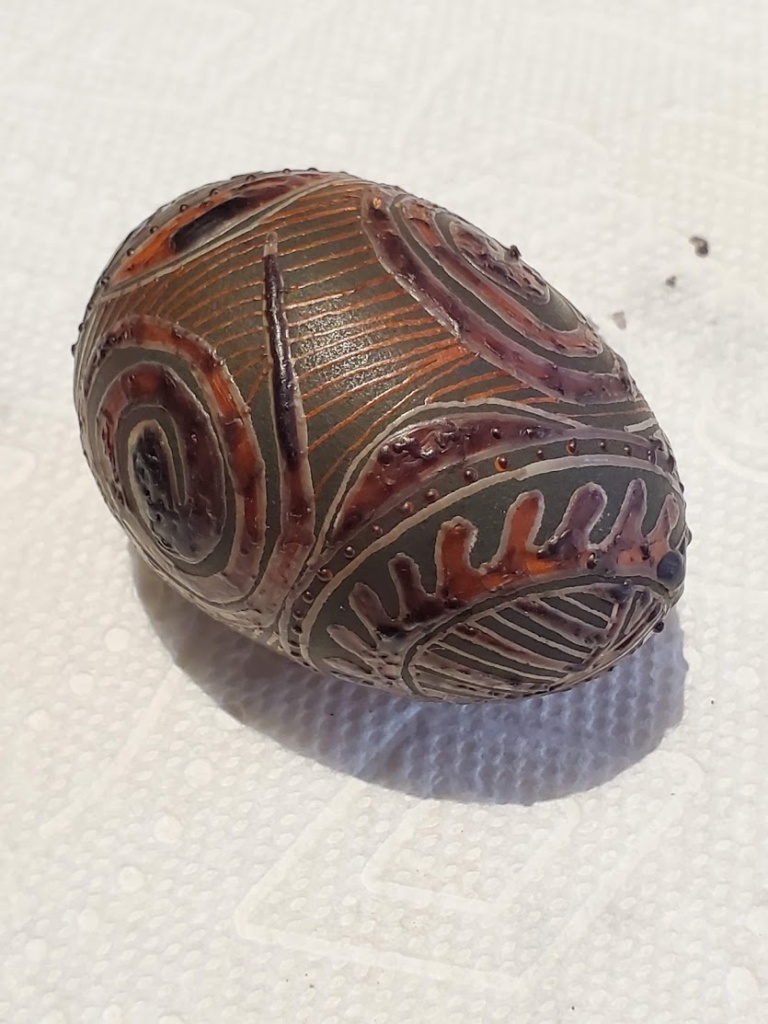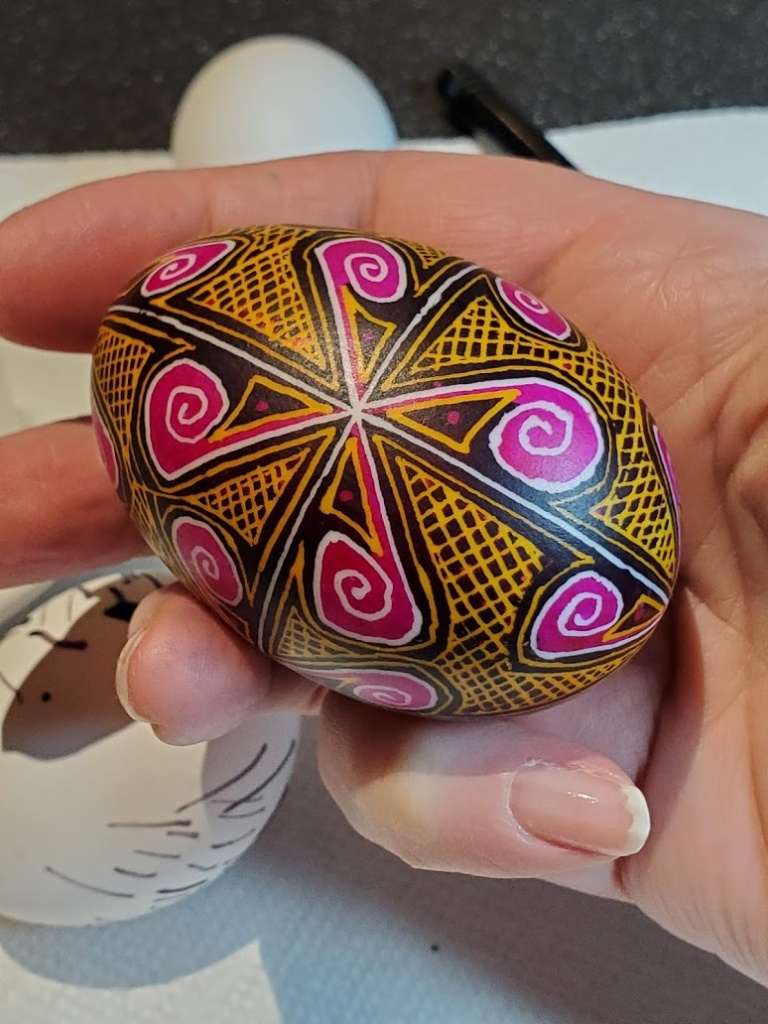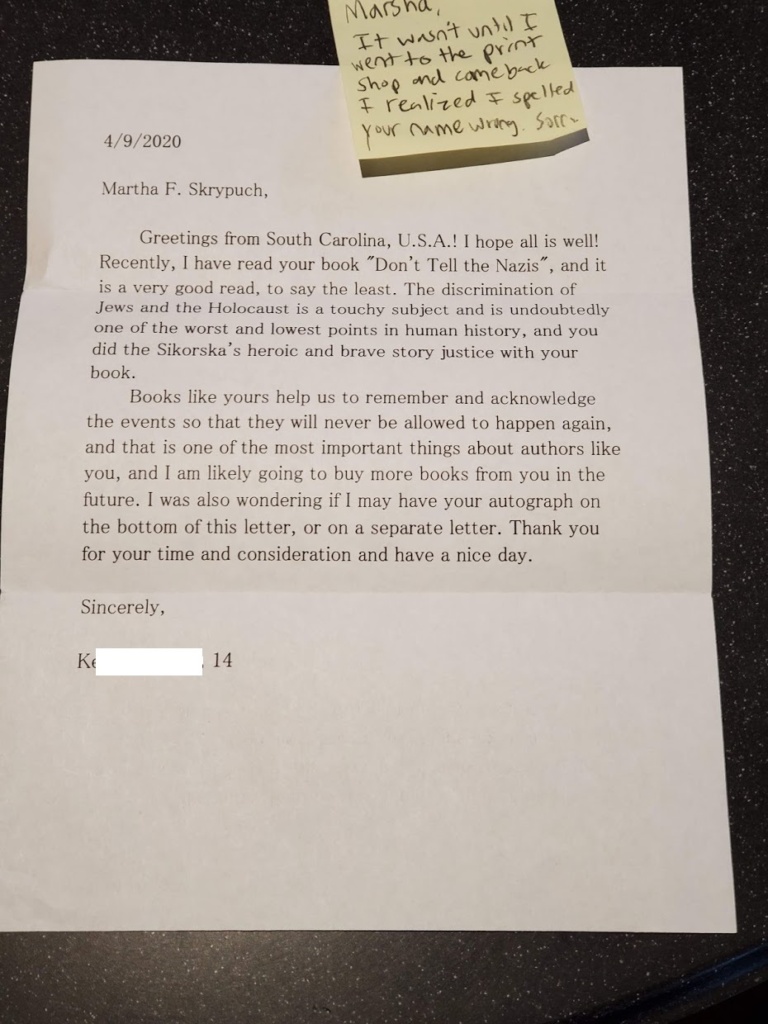
writes about war from a young person's view #bannedbyrussia













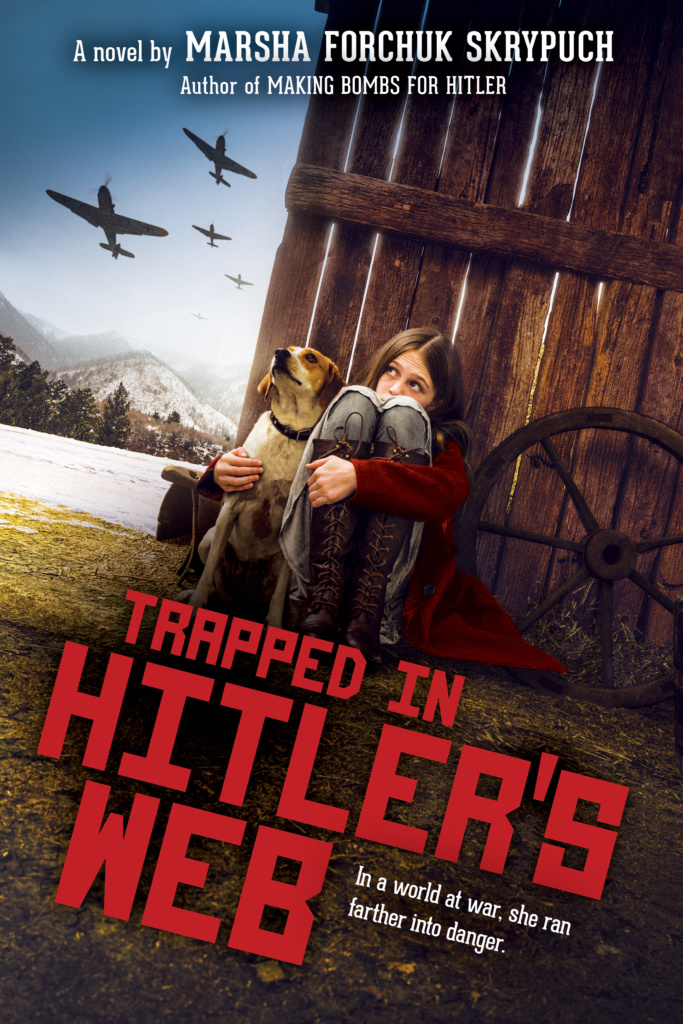
Marsha Forchuk Skrypuch, author of Making Bombs for Hitler, explores the bonds of friendship and family against the perilous backdrop of war. In the grip of World War II, Maria has realized that her Nazi-occupied Ukrainian town is no longer safe. Though she and her family might survive, her friend Nathan, who is Jewish, is in grave danger. So Maria and Nathan flee — into the heart of Hitler’s Reich in Austria. There, they hope to hide in plain sight by blending in with other foreign workers. But their plans are disrupted when they are separated, sent to work in different towns. With no way to communicate with Nathan, how can Maria keep him safe? And will they be able to escape Hitler’s web of destruction?
Want to read the first five pages? Here they are.
Reviews
As historical fiction, Trapped in Hitler’s Web, like its companion novel Don’t Tell the Enemy, is tragically honest and heartbreaking. The story is even more anguished as it is inspired by real events and people. But it is a telling story, from the perspective of a brave child who endured excruciating physical and emotional hardship, driven by hope to help those dear to her. It’s also revelatory about the many victims of the Reich, borne in a manufactured hierarchy of discrimination. Hearing Maria and others referred to as “subhumans” and starved and abused is crushing. Still Marsha Forchuk Skrypuch writes to reveal another story of WWII, specifically about Ukrainians, and she does so with much heart and compassion, reminding us that there are sometimes more than two sides to a story and to war itself. Helen Kubiw.
Trapped in Hitler’s Web is, like all of Marsha Forchuk Skrypuch’s novels, based on real-life events (read the Author’s Note at the end of the novel to understand how and why this is a personal story for her). It … is definitely a story that will keep you reading while biting your nails. Alex Baugh
Another fantastic book by Skrypuch. Ms Yingling Reads.
I … love how the author writes series where you see characters who are connected but have their own story to tell. Her books are very popular in our library (and she is one of my favorite historical fiction authors) so I’ll definitely be adding it to our collection. BitAboutBooks
It’s such a different way of life for all of us right now, as we all work together to stop the spread of COVID-19. It’s an especially difficult challenge for students and teachers who can only meet via screen for now. This spring was going to be a busy one for me, filled with lots of school visits and award events but everything has been canceled. There’s been one bright glimmer, though. Scholastic Book Fairs has been able to organize some Zoom visits, with students and teachers participating from home. I did two of these recently, one on Friday with Solar Prep in Dallas, and another today, with St. Laurence School in Sugar Land Texas.
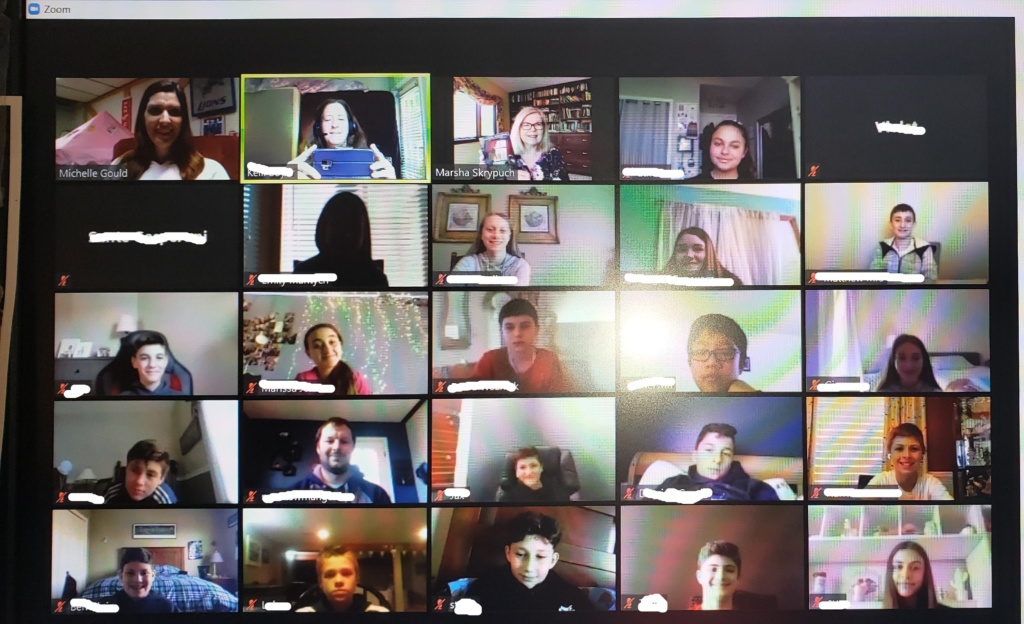



I’ve been making #pysanky almost every day during this period of isolation. Some people have asked how I get the guts out of the egg so I took some pictures of the steps.
Once the egg has all the patterns applied with wax and has come out of the final dye (black in this case) I seal the bottom of the egg with a covering of wax to protect the dye pattern from egg leakage and then, using a straight pin, pierce one end in three close spots like the corners of a tiny triangle. Then I remove the shell in the middle. I stick a long needle (darning needle works great) inside the egg to break the yolk, then using a 1 oz medical syringe, I blow air into the shell over the sink and let the guts run out, being careful not to put in too much at a time because the egg could explode. Once the guts are pretty much out, I fill the syringe with warm water and rinse the insides, then with the corners of a twisted tissue, blot inside the hole as much as I can and also remove any membrane that’s covering the hole with an exacto knife. You don’t want the hole to be blocked when you put it in the microwave! All it takes is 10 seconds in the microwave and the wax melts. You pick it up gently with tissue and buff off the rest of the wax. And then you’re done! I usually let a finished pysanka rest, hole down, in an egg cup with a bit of tissue in the bottom so it can completely dry out.
This egg is a Trypillian design, which is pre-Christian.
